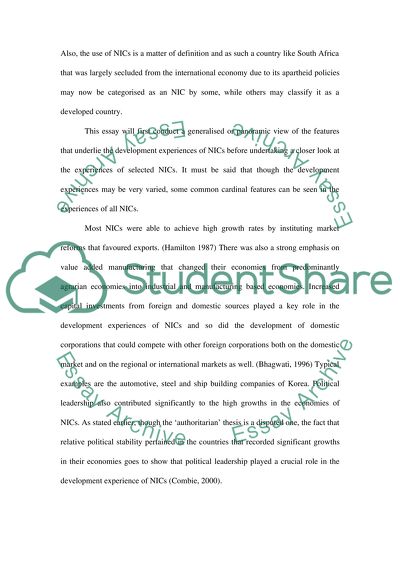Cite this document
(The Development Experience of the Newly Industrialised Countries Coursework, n.d.)
The Development Experience of the Newly Industrialised Countries Coursework. Retrieved from https://studentshare.org/marketing/1517613-newly-industrialised-countries
The Development Experience of the Newly Industrialised Countries Coursework. Retrieved from https://studentshare.org/marketing/1517613-newly-industrialised-countries
(The Development Experience of the Newly Industrialised Countries Coursework)
The Development Experience of the Newly Industrialised Countries Coursework. https://studentshare.org/marketing/1517613-newly-industrialised-countries.
The Development Experience of the Newly Industrialised Countries Coursework. https://studentshare.org/marketing/1517613-newly-industrialised-countries.
“The Development Experience of the Newly Industrialised Countries Coursework”, n.d. https://studentshare.org/marketing/1517613-newly-industrialised-countries.


